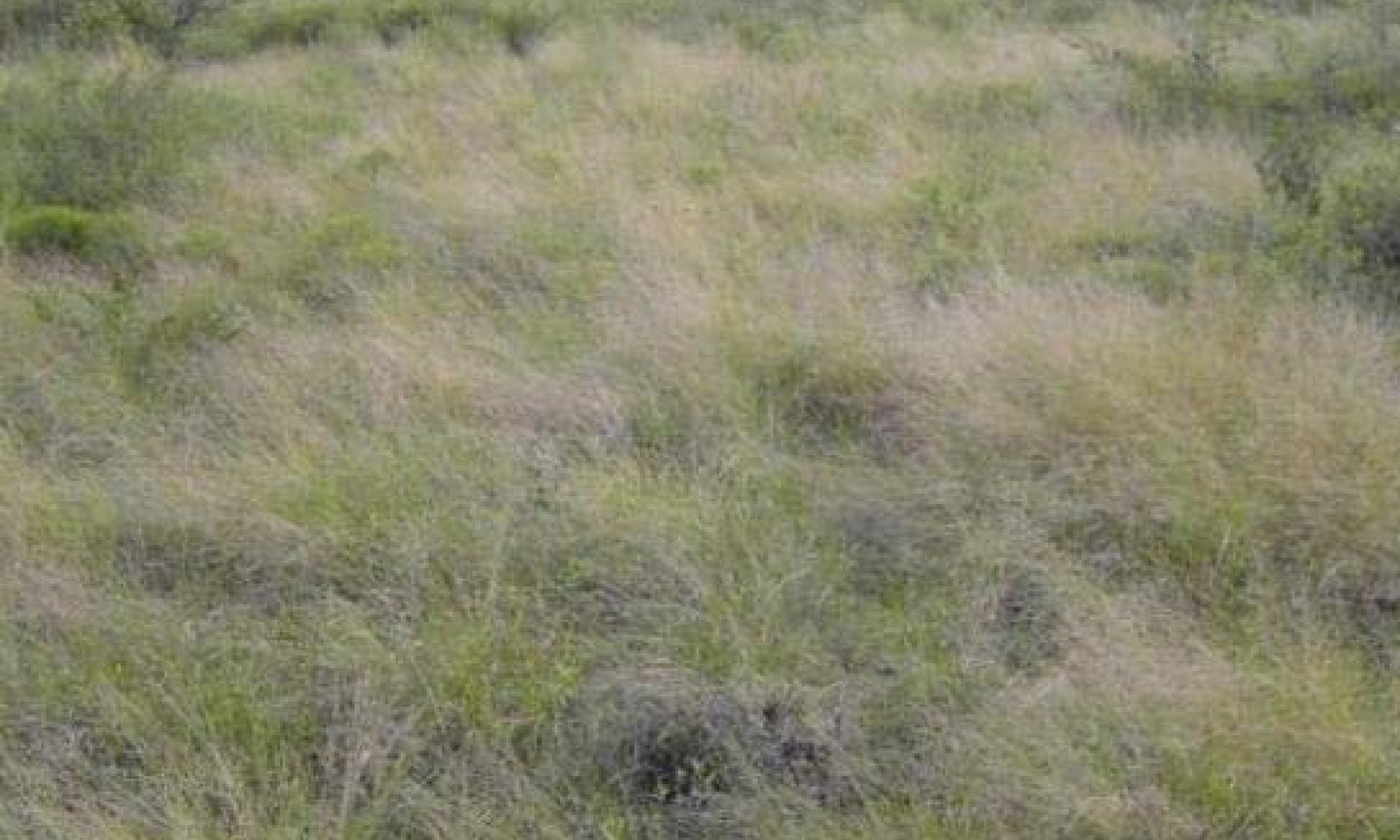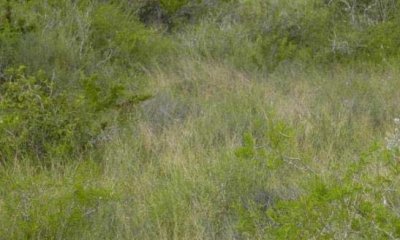
Gray Sandy Loam
Scenario model
Current ecosystem state
Select a state
Management practices/drivers
Select a transition or restoration pathway
-
Transition T1A
Absence of disturbance and natural regeneration over time coupled with excessive grazing pressure
More details -
Transition T1B
Excessive soil disturbance followed by seeding improved forage species
More details -
Restoration pathway R2A
Reintroduction of historic disturbance return intervals
More details -
Transition T2A
Excessive soil disturbance followed by seeding improved forage species
More details -
Transition T3A
Absence of disturbance and natural regeneration over time coupled with excessive grazing pressure
More details -
No transition or restoration pathway between the selected states has been described
Target ecosystem state
Select a state
Mechanism
The Grassland State will cross a threshold to Shrubland (State 2) with abusive grazing and without brush management or fire. Severe drought is also a significant factor to accelerate this crossing of a threshold. In State 2 more rainfall is being utilized by woody plants than the herbaceous plants. Because of the increased canopy, sunlight is being captured by the woody plants and converted to energy instead of the herbaceous plants.
Mechanism
The transition to the Converted Land State is triggered by major ground disturbing mechanical treatment and planting to native or introduced forages. Planting is usually done following brush management.
Mechanism
Brush management is the key driver in restoring State 2 back to the Grassland State (1). Reduction in woody canopy below 20 percent will take large energy inputs depending on the canopy cover. A prescribed grazing plan and prescribed burning plan will keep the state functioning.
Mechanism
The transition to the Seeded State is triggered by major ground disturbing mechanical treatment and planting to native or introduced forages. Planting is usually done following brush management.
Mechanism
The transition from the Seeded State to the Shrubland State is triggered by neglect or no management over long periods of time. Shrubs re-establish from the seed bank and introduction from wildlife and livestock. A complete return to a previous state is not possible if adapted non-native plants have been established.
Model keys
Briefcase
Add ecological sites and Major Land Resource Areas to your briefcase by clicking on the briefcase (![]() ) icon wherever it occurs. Drag and drop items to reorder. Cookies are used to store briefcase items between browsing sessions. Because of this, the number of items that can be added to your briefcase is limited, and briefcase items added on one device and browser cannot be accessed from another device or browser. Users who do not wish to place cookies on their devices should not use the briefcase tool. Briefcase cookies serve no other purpose than described here and are deleted whenever browsing history is cleared.
) icon wherever it occurs. Drag and drop items to reorder. Cookies are used to store briefcase items between browsing sessions. Because of this, the number of items that can be added to your briefcase is limited, and briefcase items added on one device and browser cannot be accessed from another device or browser. Users who do not wish to place cookies on their devices should not use the briefcase tool. Briefcase cookies serve no other purpose than described here and are deleted whenever browsing history is cleared.
Ecological sites
Major Land Resource Areas
The Ecosystem Dynamics Interpretive Tool is an information system framework developed by the USDA-ARS Jornada Experimental Range, USDA Natural Resources Conservation Service, and New Mexico State University.


